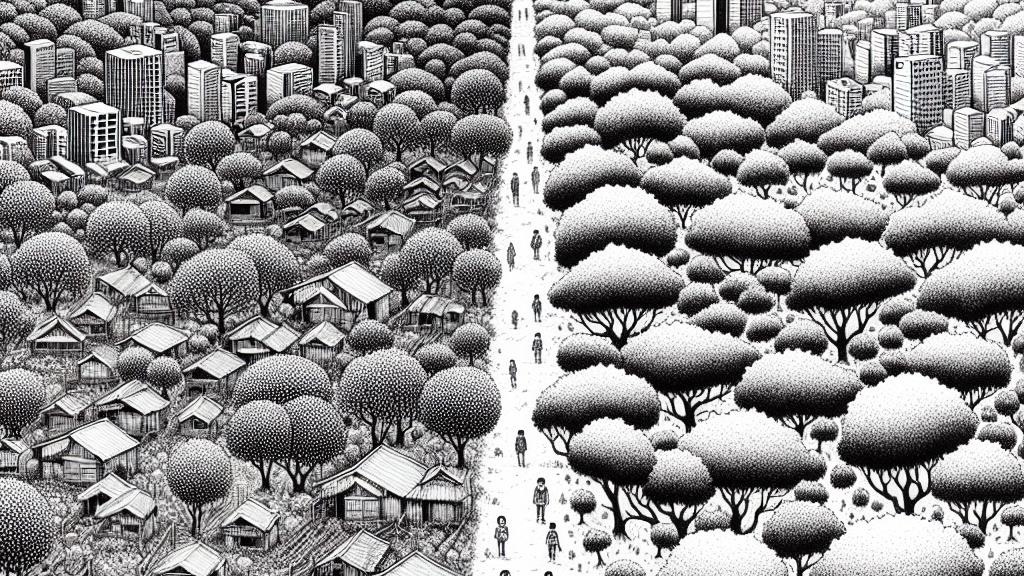Birth Rates: The Trickster Behind Japan's Shrinking Population Crisis!
Overview
- In 2023, Japan's birth rate fell to a staggering low of 1.20, igniting urgent calls for action to reverse this trend.
- The plunging marriage rates serve as a significant driving force behind the demographic decline.
- Regional variations in birth rates often mislead public perception, obscuring the deeper flaws in Japan's demographic fabric.

Understanding Japan's Disturbing Birth Rate
Japan's birth rate is a grim testament to the nation's struggling demographic health, with figures dropping to a shocking 1.20 in 2023. To put this in perspective, imagine a once-vibrant garden turned barren; this is the stark reality for a country where the average woman is projected to bear fewer than two children throughout her life. A replacement level of 2.07 is necessary to maintain population sustainability, yet Japan teeters dangerously close to collapse. Interestingly, areas that host large populations of single women can report misleadingly high birth rates as young couples migrate to urban environments. Here lies the tragedy: while some regions may appear flourishing, they only mask a severe underlying crisis that, if left unaddressed, threatens to silence the laughter of children across the nation.
The Marriage Factor: A Crumbling Foundation
Once a cornerstone of society, marriage in Japan now faces an unprecedented decline. In 1970, around 1.03 million couples joined in matrimony, but by 2022, this number halved to roughly 500,000. This dramatic shift carries dire implications for family structures; as the adage goes, fewer marriages lead to fewer births. In a cultural landscape where childbirth is heavily intertwined with marriage, the growing prevalence of unmarried individuals presents a formidable challenge. Picture this: a love story reminiscent of a beautiful cherry blossom, fleeting and ephemeral, where notions of family and love fade into the background, leaving future generations uncertain and fractured.
Misunderstandings and Opportunities for Change
Many regions wrongly interpret slight fluctuations in birth rates as indicators of improvement. Consider Kochi Prefecture, which boasts a birth rate of 1.30 but concurrently grapples with alarmingly low birth totals. This irony serves as a critical reminder that focusing solely on percentages can lead to misguided policies and public optimism. Experts highlight the importance of examining the absolute number of births rather than percentages to form a clearer understanding of the demographic landscape. Therefore, inventive policies addressing the root issues—such as economic insecurities, declining marriage rates, and societal pressures—must take precedence. As the clock ticks, the need for robust action grows increasingly urgent; Japan's future is on a precarious ledge, teetering between hope and despair, waiting for transformative solutions to emerge.

Loading...